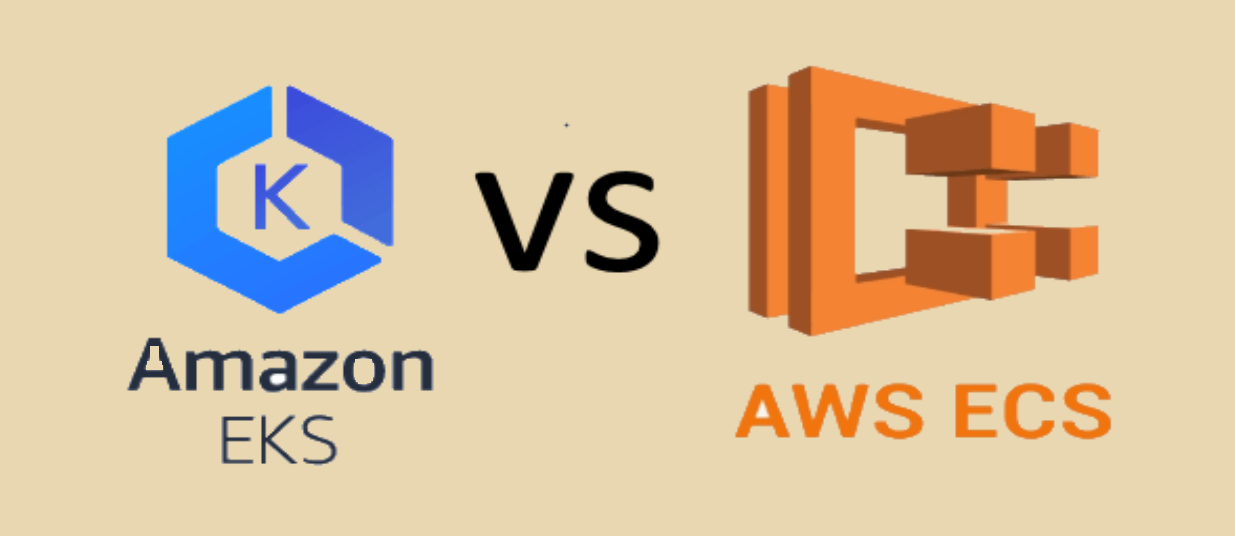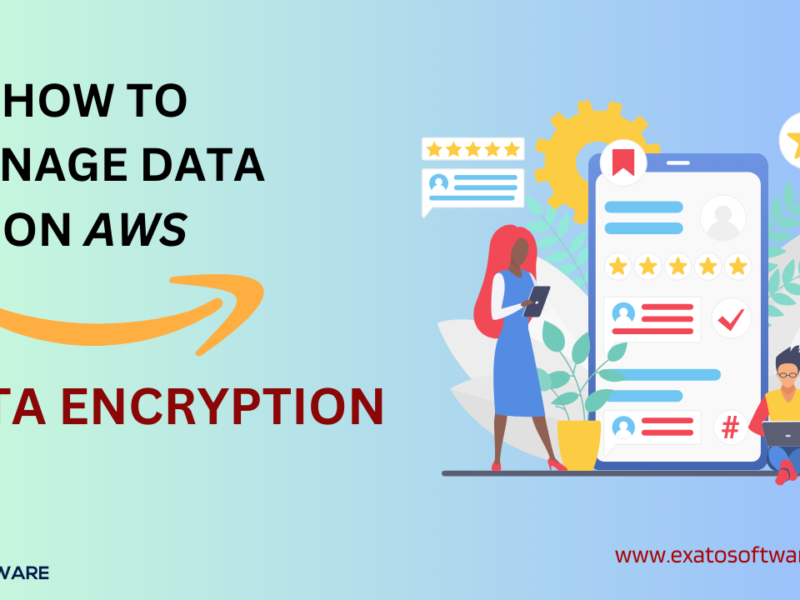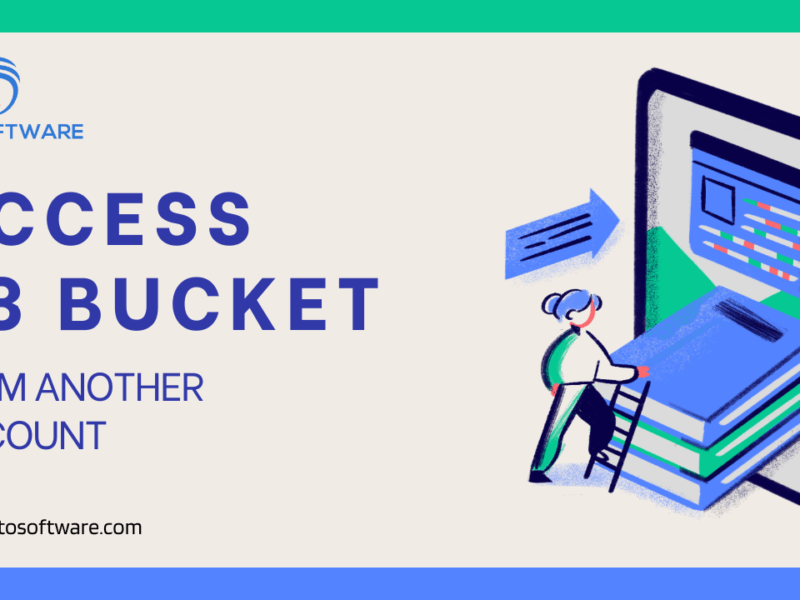Before directly jumping into the ( Amazon Elastic ) difference between services, let’s see what these are individual.
What Is Amazon ECS (Elastic Container Service)?
You can run and manage a lot of containers using Amazon Elastic Container Service (Amazon ECS), a scalable managed service. It does not utilize Kubernetes. You utilize a task specification that specifies containers to execute a task. A service configuration, which enables you to execute and manage several jobs concurrently in a cluster, may be used to perform tasks. The AWS Fargate service allows users to conduct tasks and services without having to worry about maintaining the underlying servers. To exercise additional control, you might also use Amazon EC2.
Start and stop your containerized apps using Amazon ECS’s straightforward API calls. Take use of the typical Amazon EC2 capabilities and obtain centralized management over the cluster’s status. You may plan the distribution of containers across a cluster based on your isolation criteria, resource constraints, and availability demands. You don’t have to manage or expand management infrastructure since Amazon ECS manages your cluster and configuration management systems.
What is Amazon EKS (Elastic Kubernetes Service)?
You may operate Kubernetes on Amazon Web Services (AWS) as a managed service while maintaining compatibility with the open source K8s project thanks to Amazon Elastic Kubernetes Service (EKS). The Kubernetes control plane is set up and managed for you by the EKS service. Your container-based applications’ deployment, scalability, and administration are automated with Kubernetes.
While ECS deploys containers directly using individual containers, EKS introduces the Kubernetes idea of pods. With a common resource pool and the ability to hold one or more containers, pods offer far greater flexibility and granular control over service component parts.
By duplicating the Kubernetes control plane over different Availability Zones, EKS keeps it resilient. Version upgrades and fixes are also applied automatically, and unhealthy control plane instances are automatically found and replaced. Utilize pre-existing tools and plugins from the Kubernetes community with Amazon EKS. Amazon EKS and programmes running in other Kubernetes environments are completely compatible. This enables moving current Kubernetes apps to Amazon EKS simply.
Top 6 Differences Between Amazon ECS vs EKS
Networking
This is one of the key distinctions to recognize when comparing Amazon ECS vs EKS: EKS supports up to 750 Pods per instance, whereas ECS supports only a maximum of 120 jobs per instance.
Security
Across all of its services, AWS provides a consistent degree of availability, dependability, and security. Using AWS Identity and Access Management, you can manage access to containers, pods, and tasks whether you’re using ECS or EKS (IAM). The only operational difference between ECS and EKS in terms of security is that although ECS has a strong interface with IAM, EKS needs add-ons to make IAM functions available. Other solutions, like Kiam, which provide comparable EKS functionality come at extra expense and with increased system complexity.
Portability
AWS’s proprietary technology is called Amazon ECS. As a result, you won’t be able to relocate your clusters to another cloud provider or on-premises, and you’ll be trapped within Amazon infrastructure. Due to Kubernetes’ foundation, Amazon EKS provides significantly greater support for workload mobility. You may operate clusters in any other Kubernetes environment, including those hosted by other cloud providers, cloud-independent platforms like Rancher, and self-managed Kubernetes.
Pricing
You pay for the EC2 servers that power your Kubernetes pods or ECS jobs since ECS and EKS both incur costs based on the resources consumed by your workloads. However, the primary distinction between ECS and EKS is that using ECS is free of charge.

You must pay $0.10 per hour for each EKS cluster, which adds up to an extra expense of up to $72 per month for each Kubernetes cluster you run. If you want to utilize several clusters, charges might build up. For lower-scale activities, such as tiny microservices apps, you can use ECS without paying more. However, processes that require high scalability would be better suited to EKS since the savings you can get through intelligent auto-scaling and provisioning will be far greater than the $72 per cluster monthly cost.
Namespaces
Namespaces are a Kubernetes feature that separates workloads operating in the same cluster, whereas ECS lacks this feature. There are several benefits to namespaces. For instance, you may share cluster resources among a development, staging, and production environment in the same cluster. Therefore, it is crucial to take this into account while choosing between Amazon ECS and EKS.
Community Support
Community support is crucial for every piece of software, platform, or framework. Compared to ECS, Kubernetes is more widely used and has a larger community and support system because it is an open-source platform. Additionally, there is a tonne of documentation and how-to tutorials accessible for Kubernetes.
However, compared to community support, ECS has more official backing from AWS.
Let’s Choose Which Is Right To Use ECS or EKS
Utilization of ECS
ECS has a reduced learning curve and is considerably easier to start using. Compared to the overhead associated with Kubernetes, ECS will be a superior solution for small enterprises or teams with limited resources to manage their container workloads.
Users may manage the application architectures using existing familiar resources like ALB, NLB, Route 53, etc. thanks to tighter AWS interfaces. It aids them in swiftly launching the application.
Kubernetes may serve as a stepping stone for ECS. Users may execute a containerization plan and convert their workloads into a managed service with minimal capital outlay by using ECS rather than immediately implementing EKS.
Utilization of EKS
On the other side, ECS occasionally has too few configuration choices and might be too straightforward. Here is where EKS excels. In order to create and manage workloads of any scale, it offers far more functionality and integrations.
For many workloads, pods might not even be necessary. However, pods give users unmatched control over resource sharing and pod placement. When working with the majority of service-based designs, this may be quite useful.
When it comes to controlling the underlying resources, EKS provides far greater flexibility thanks to its ability to run on EC2, Fargate, and even on-premise with EKS Anywhere.
Any public or private container repository may be used with EKS. ECS can only use the monitoring and management tools offered by AWS. Despite being adequate for the majority of use cases, EKS offers enhanced administration and monitoring capabilities through both built-in Kubernetes tools and easily accessible external connectors.
In the end, unique user demands determine which platform is best. Depending on the workload, either option may be the best decision because they both offer advantages and disadvantages.
In conclusion, if you are familiar with Kubernetes and want to take advantage of the flexibility and functionality it offers, it is preferable to use EKS. On the other hand, if you are just getting started with containers or prefer a simpler solution, you may try ECS first.
Wrapping Up
At AWS, selecting a container service is not always a black-or-white choice. With shared operations, integrated security tools shared IAM. Uniform management tools for computing and network choices, Amazon ECS and Amazon EKS run together without any issues. Utilize the coherence of unified AWS services in Amazon ECS, or build your own with Kubernetes’ flexibility in Amazon EKS.
Your decision should be determined by the specifications of a particular application or the preferences of a certain team. The mobility of containers assures that any choice you make won’t be a one-way door, so you don’t have to go all in.



